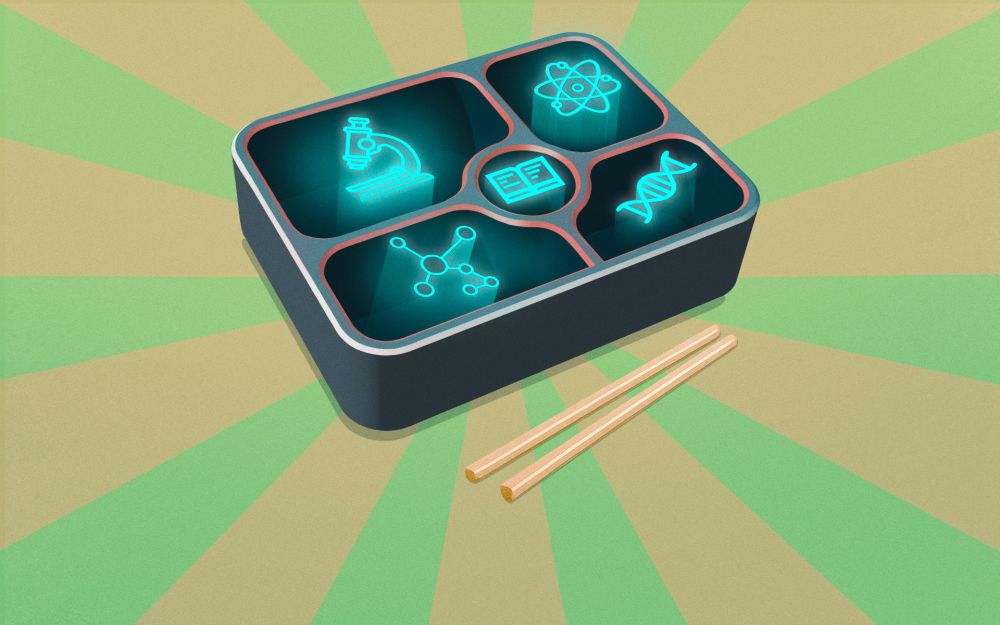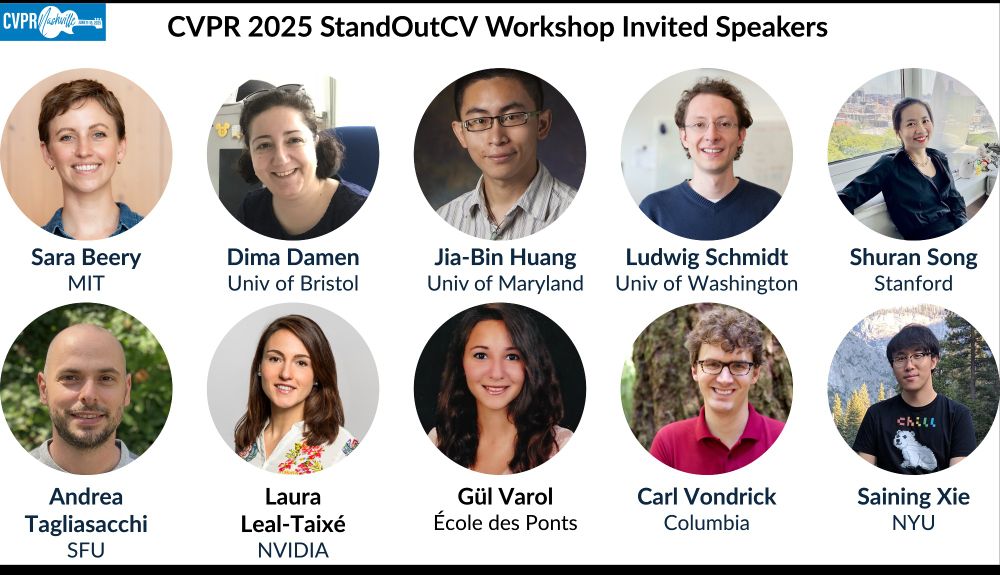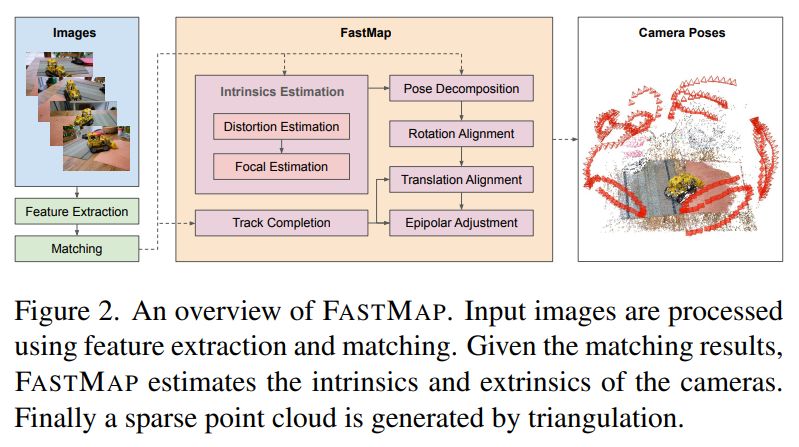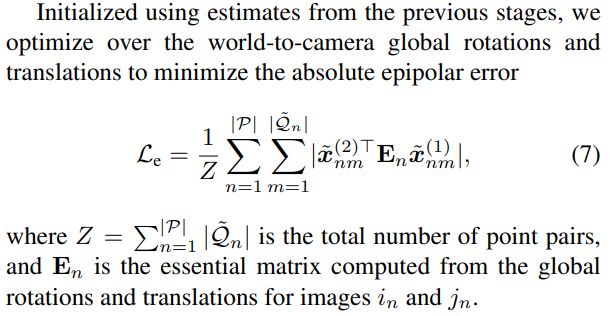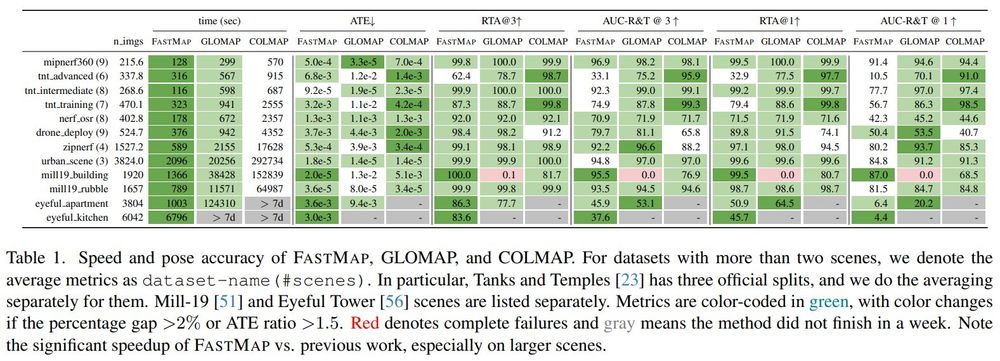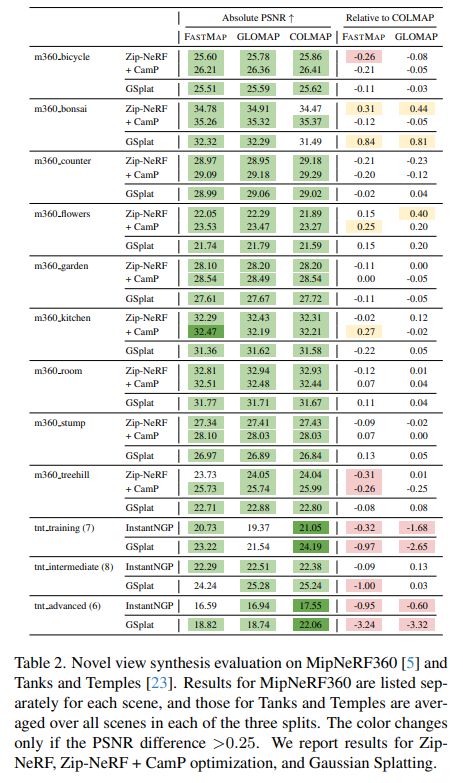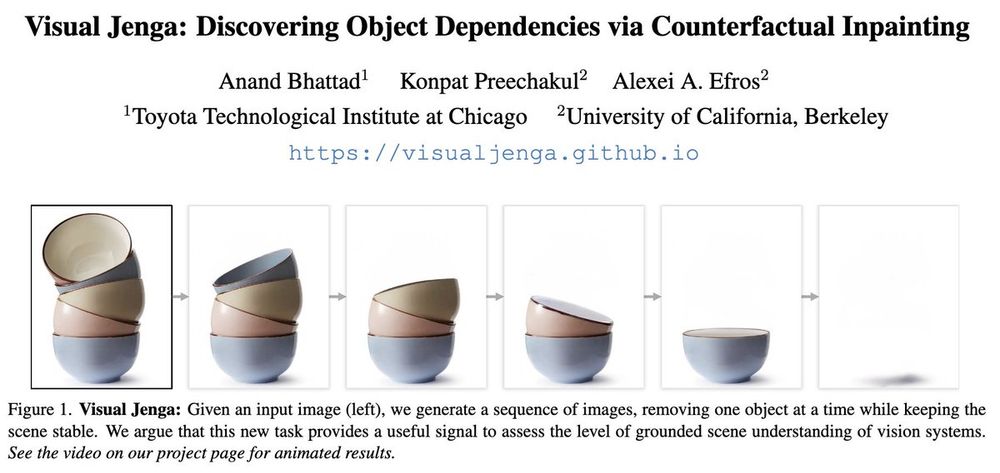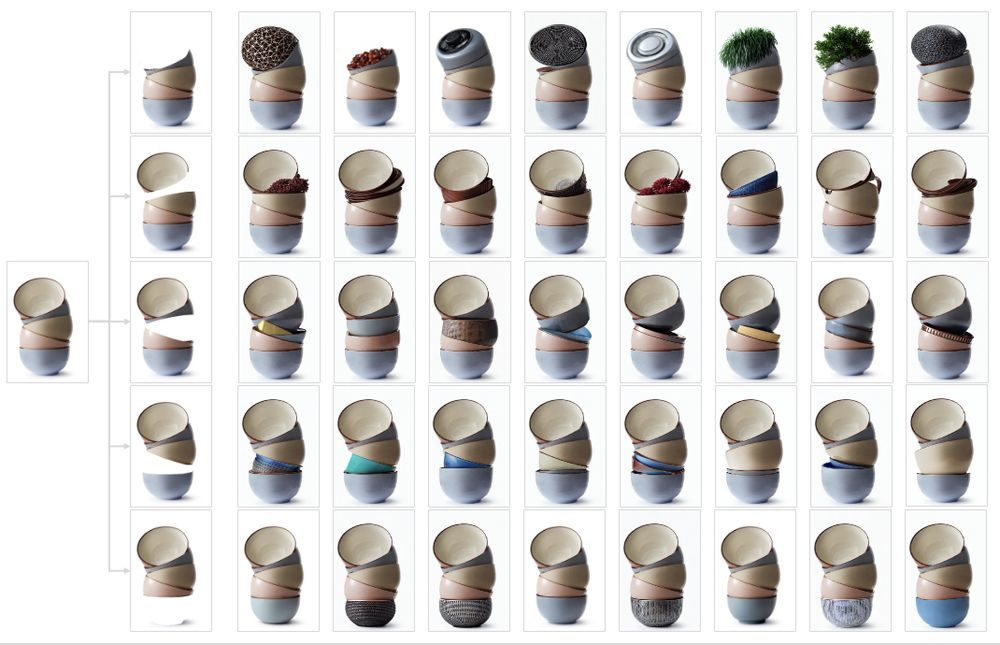Anand Bhattad
@anandbhattad.bsky.social
200 followers
200 following
59 posts
Incoming Assistant Professor at Johns Hopkins University | RAP at Toyota Technological Institute at Chicago | web: https://anandbhattad.github.io/ | Knowledge in Generative Image Models, Intrinsic Images, Image-based Relighting, Inverse Graphics
Posts
Media
Videos
Starter Packs
Anand Bhattad
@anandbhattad.bsky.social
· Jun 30
Reposted by Anand Bhattad
Anand Bhattad
@anandbhattad.bsky.social
· Jun 23
Reposted by Anand Bhattad
Anand Bhattad
@anandbhattad.bsky.social
· Apr 29
Anand Bhattad
@anandbhattad.bsky.social
· Apr 29
Anand Bhattad
@anandbhattad.bsky.social
· Apr 15
Reposted by Anand Bhattad
Anand Bhattad
@anandbhattad.bsky.social
· Mar 29

Visual Jenga: Discovering Object Dependencies via Counterfactual Inpainting
Visual Jenga is a new scene understanding task where the goal is to remove objects one by one from a single image while keeping the rest of the scene stable. We introduce a simple baseline that uses a...
visualjenga.github.io
Anand Bhattad
@anandbhattad.bsky.social
· Mar 29



